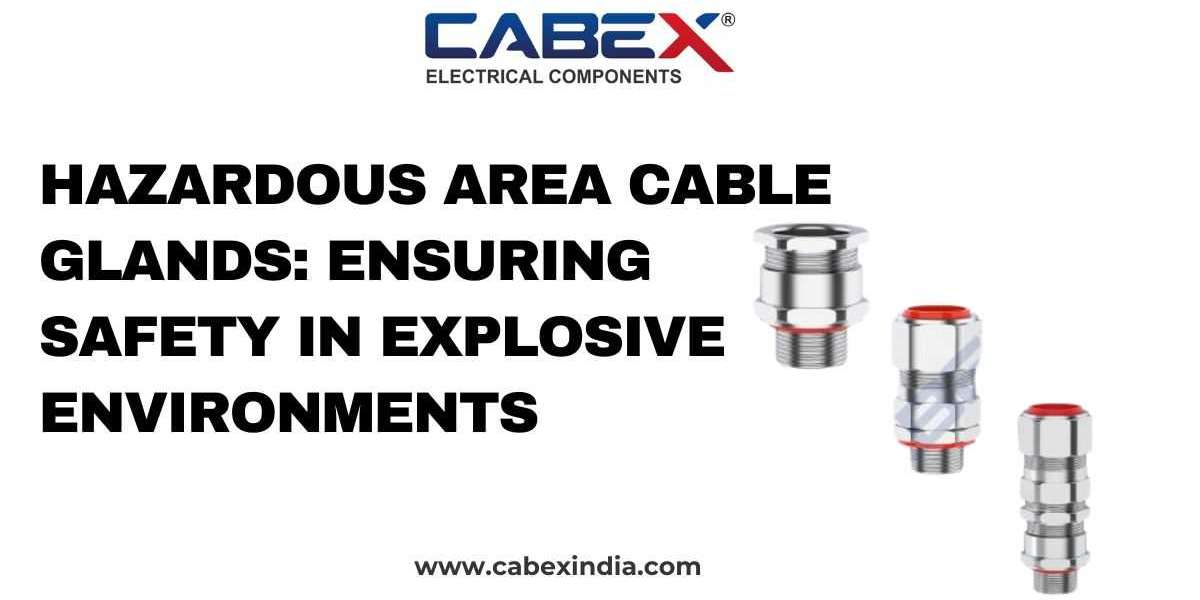What are Hazardous Area Cable Glands?
Hazardous Area Cable Glands are specialized fittings designed to protect electrical cables in environments where flammable gases or vapors are present. These areas, often referred to as "hazardous zones," pose a significant risk of explosion due to the potential ignition of these gases.
Key Features of Hazardous Area Cable Glands
- Flameproof Design: These glands are engineered to withstand an explosion without igniting the surrounding atmosphere.
- Certification: They must meet specific industry standards and certifications, such as ATEX or IECEx, to ensure their effectiveness.
- Ingress Protection (IP) Ratings: Hazardous area cable glands typically have high IP ratings to protect against dust and water ingress.
- Temperature Resistance: They are designed to withstand high temperatures to prevent the ignition of flammable gases.
Applications of Hazardous Area Cable Glands
- Oil and Gas Industry: Offshore platforms, refineries, and petrochemical plants rely on these glands to protect electrical connections in areas where flammable gases are present.
- Chemical Industry: Chemical processing plants often operate with hazardous materials, making hazardous area cable glands essential for safety.
- Mining Industry: Underground mines can be prone to methane gas buildup, necessitating the use of these glands to prevent explosions.
- Power Generation: Power plants, especially those using fossil fuels, may encounter hazardous areas where these glands are required.
Benefits of Using Hazardous Area Cable Glands
- Enhanced Safety: By preventing the ignition of flammable gases, these glands significantly reduce the risk of explosions and fires.
- Regulatory Compliance: Using certified hazardous area cable glands ensures compliance with industry standards and regulations, helping to avoid fines and penalties.
- Protection of Electrical Equipment: These glands safeguard electrical cables and equipment from damage caused by explosions.
- Increased Reliability: By maintaining the integrity of electrical connections, hazardous area cable glands contribute to the overall reliability of operations.
Selecting the Right Hazardous Area Cable Gland
When choosing hazardous area cable glands, consider the following factors:
- Hazardous Area Classification: The gland's certification should match the specific hazardous area classification (e.g., Zone 0, Zone 1, Zone 2).
- Cable Type and Size: The gland must be compatible with the cable being used.
- Environmental Conditions: Factors like temperature, humidity, and corrosive substances may influence the gland's selection.
- Ingress Protection Rating: Choose a gland with an appropriate IP rating based on the level of protection required.
Conclusion
Hazardous area cable glands are essential components in environments where flammable gases or vapors are present. By understanding their features, applications, and benefits, you can make informed decisions about their use in your specific industry.








